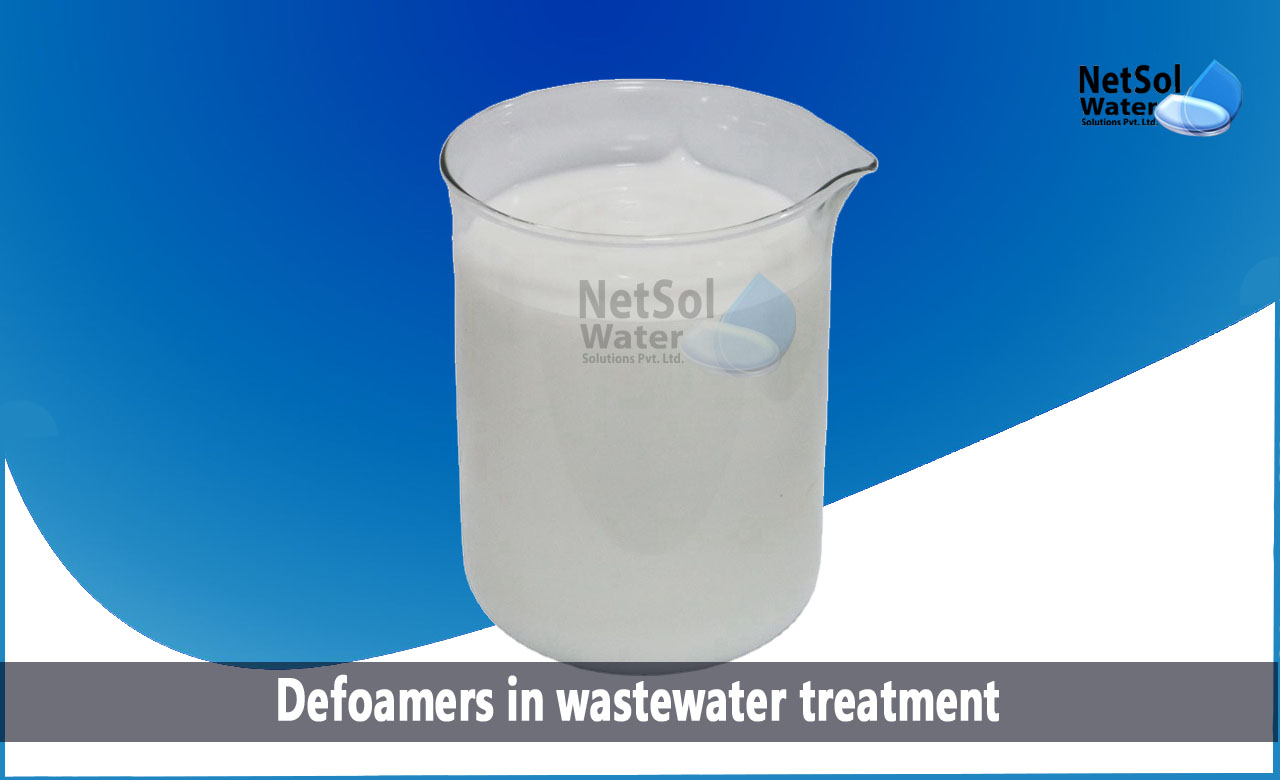The Duty of Defoamers in Enhancing Item High Quality and Efficiency
In various manufacturing processes, the existence of foam can significantly prevent item top quality and functional performance. Defoamers function as crucial additives that alleviate this problem, ensuring smoother manufacturing operations while boosting the useful and aesthetic attributes of the final items (defoamers). Their application spans a plethora of industries, from food and beverage to drugs, where consistency and integrity are vital. The selection of the ideal defoamer can be crucial to achieving ideal outcomes, increasing essential concerns about formula compatibility and performance metrics that warrant additional exploration.
Comprehending Defoamers
Comprehending the duty of defoamers is essential for maintaining product top quality throughout numerous industries. Defoamers are chemical additives developed to avoid the formation and lower of foam in fluid systems, which can detrimentally influence procedures such as mixing, loading, and surface stress. Frothing can bring about inefficiencies, product flaws, and jeopardized visual charm, making defoamers a crucial part in making procedures.
In commercial applications, defoamers aid to improve product consistency and security. The reliable usage of defoamers not only guarantees smoother manufacturing processes however additionally contributes to remarkable product performance.
Additionally, the option and formulation of a defoamer have to straighten with details application needs, such as compatibility with other ingredients, effectiveness under varying temperature level and pH conditions, and potential governing constraints. Ultimately, comprehending defoamers' functions and their relevance in various solutions is important for enhancing manufacturing and making certain the finest quality final result.
Sorts Of Defoamers
Defoamers can be classified into numerous kinds based upon their make-up and mechanism of action. The key types consist of silicone-based, non-silicone organic, and not natural defoamers.
Silicone-based defoamers are amongst one of the most efficient, mostly as a result of their ability to spread out swiftly on the liquid surface area and interrupt foam development. Their distinct chemical structure permits premium security, making them appropriate for high-temperature applications and environments with differing pH degrees.
Non-silicone organic defoamers, frequently made up of fatty acids or all-natural oils, are valued for their biodegradability and lower toxicity. These are commonly used in food and drink applications where security and environmental effect are vital.
Not natural defoamers, which consist of compounds like talc or calcium carbonate, act by increasing the thickness of the fluid, thereby minimizing foam stability. They are usually utilized in commercial procedures where compatibility with various other materials is not a concern.
Each kind of defoamer has distinct advantages and limitations, permitting for customized services relying on the certain lathering issues run into in different applications. Understanding these differences is crucial for enhancing efficiency and accomplishing desired product quality.
Applications Across Industries
Many markets leverage defoamers to enhance item top quality and operational performance. In the food and drink market, defoamers are vital in procedures such as developing and milk production to prevent foam formation, which can result in inefficiencies and product disparity. By managing foam, producers can guarantee better return and an extra uniform item.
In the pharmaceutical sector, defoamers play an essential role in the learn the facts here now formulation of liquid medications, where too much foam can hinder blending and exact dosing. Their usage aids maintain the honesty of the solutions and helps with smoother manufacturing processes.
The paint and finishes sector likewise relies on defoamers to boost the efficiency of items throughout application. By minimizing foam, these ingredients make sure a smoother coating and boost the visual high qualities of the end product.

Advantages of Using Defoamers
While the application of defoamers varies throughout industries, their benefits consistently enhance item quality and process effectiveness. One considerable advantage is the reduction of foam development during manufacturing processes, which can otherwise lead to production hold-ups and disparities in item high quality. By lessening foam, defoamers allow a smoother circulation of materials, helping with much more efficient operations and minimizing the possibility of tools breakdowns.
Additionally, the use of defoamers can enhance the appearance and appearance of end products. In sectors such as coatings, paints, and food processing, excessive foam can compromise the aesthetic looks and total high quality, while the appropriate defoamer application guarantees a consistent surface and desirable attributes. Furthermore, defoamers can add to set you back savings by reducing waste throughout manufacturing and optimizing using raw products (defoamers).

Picking the Right Defoamer
Selecting the right defoamer is important for enhancing production procedures and ensuring product high quality. The choice of defoamer influences not only the efficiency of foam control but likewise the total efficiency features of the end product. Aspects to think about include the kind of application, the chemistry of the solution, and the ecological problems under which the item will be utilized.
Different industries may call for certain defoamer types, such as silicone-based, natural, or polymeric defoamers. Understanding the compatibility of the defoamer with the primary ingredients is crucial to prevent adverse responses that might compromise item honesty. Additionally, the defoamer's performance in different temperatures and pH degrees should be reviewed to make certain regular efficiency.
Testing the defoamer in small-scale applications can supply beneficial understandings into its performance and suitability. Factor to consider of regulatory compliance, specifically in food, drugs, and cosmetics, is paramount in selecting a defoamer. Ultimately, a detailed assessment of these variables will certainly bring about the option of a defoamer that not just regulates foam effectively but additionally boosts the high quality and efficiency of the end product.
Conclusion

To conclude, defoamers are essential ingredients that dramatically enhance item quality and efficiency throughout various industries. By efficiently lowering foam formation, these representatives not only improve functional efficiency however also contribute to the functional and visual stability of items. The tactical choice and application of defoamers cause cost financial savings, enhanced source use, and enhanced customer complete satisfaction. On the whole, the relevance of defoamers in industrial processes can not be overstated, as they play a vital duty in achieving regular and top quality outcomes.
Frothing can lead to inefficiencies, product flaws, and compromised visual appeal, making defoamers a critical element in manufacturing procedures.
